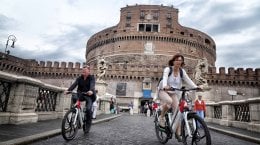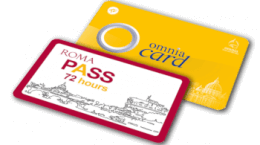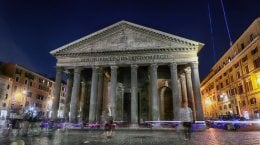Official Reseller Rome and Vatican – Jubilee 2025
Circus Maximus
In ancient Rome, the term circus meant large open and fenced areas where various shows were held, such as the chariot races.
They were considered the most important places of entertainment in the city.
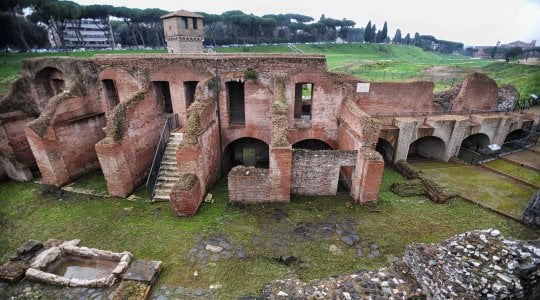
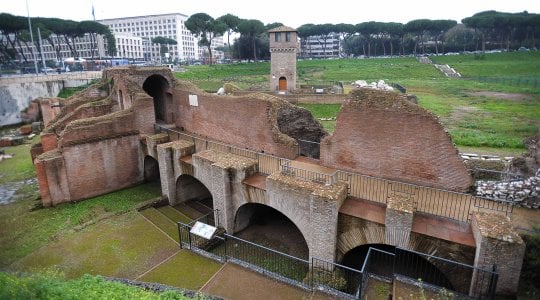
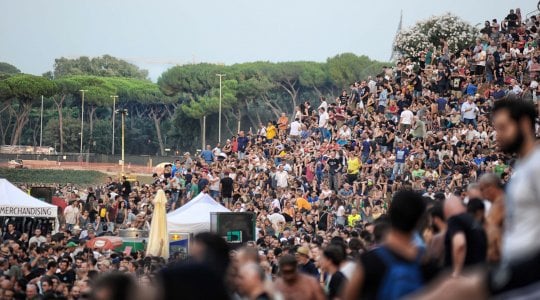
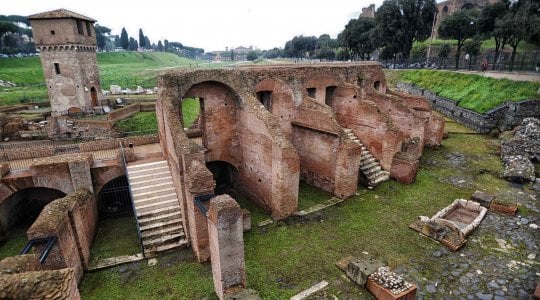
Circus Maximus: historical notes
In ancient Rome, the term circus meant large open and fenced areas where various shows were held, such as the chariot races.
They were considered the most important places of entertainment in the city.
The Circus Maximus, so named for its large capacity of spectators (about thirty thousand), was indeed a stadium, the oval and elongated track had a length of six hundred meters and a width of two hundred meters, located on the Roman hills, between the Palatine hill and the Aventine hill. The first wooden installations, perhaps mobile, were laid at the time of the Tarquins, in the second half of the 6th century B.C., while the first masonry structures date back to the 2nd century B.C. The monument was then restored by Emperor Augustus.
After a serious fire occurred during Domitian’s empire, the reconstruction was completed during the reign of Emperor Trajan, at the beginning of the 2nd century; subsequently the Emperor Caracalla ordered an extension, while the last restoration work was carried out under the Emperor Constantine. Then, in A.D. 357, a new Obelisk was added to the existing Egyptian Augusteo Obelisk, at the behest of Constantius II.
The use of the Circus Maximus, contrary to the prohibitions of the Church, remained for a long time, until the 5th century, and ended with the last show wanted by Totila, King of the Goths, in the year A.D. 549. Then, this historic structure was abandoned, the furnishings were dispersed and the two obelisks were buried, only to be found again in 1588.
Circus Maximus: structure
The large arena was divided into two parts by a wall called the spine, around which the chariot races took place, where they had to typically perform seven laps in each race; this wall ended with two small columns indicating the point of arrival or departure. The external facade had three orders; the cavea rested on masonry structures, which housed the stairs to reach the various sectors of the seats.
The surrounding bleachers were divided into three sections which were interrupted in the area facing the Palatine Hill, to house the great Imperial Palco, which hosted the Emperors when they went to watch the games.
The highest part of the steps was supported by large wooden stands, which were intended to prevent collapses, responsible for the deaths of many spectators.
In the stadium, chariot races took place with twelve chariots (four-horse chariots) and naval battles (naumachiae); in this case the arena was flooded through the waters of the Tiber, to simulate real fighting between enemy ships.
Curiosities about the Circus Maximus
Its strategic position, near the Tiber river, initially facilitated all the commercial and merchant activities that took place there, with the exchange of goods between neighboring populations.
Later this area was used for recreational activities, as described above. In recent times, the area of the Circus Maximus has been re-evaluated to be used for a wide-ranging city use. A tour has been created that takes into account all the most picturesque and interesting corners of the area; the ancient tunnels that once led to the tiers of the cavea have been restored.
Walking through these galleries you can enjoy an unusual and very picturesque spectacle.
The visit can continue along the external paved road, which flanks a large travertine pool, which was intended to water the animals. Along this tour you can also admire the ancient shops, which were called tabernae, where various types of goods were sold. One could see also taverns, which were shops of various kinds and old money-changer offices, linked to the bets that were made in relation to horse races.
The Circus Maximus is always open
The Circus Maximus is located right in the center of Rome, and can be reached in various ways, either by public transport (Taxi or bus) or by private car.
Depending on the starting point, some itineraries are advisable, namely:
– from the Fiumicino airport, the Leonardo Express shuttle-train is available to Rome Termini Station (every twenty minutes)
– from Rome Termini Station, you can take the Metro Line B (direction Laurentina) and get off after three stops at Circo Massimo Metro Station.
– from Ciampino airport, the Terravision shuttle bus is available, heading to Rome Termini Station
– from the port of Civitavecchia, it is advisable to use the train to Rome Termini Station
There are, at the tourist offices of the capital, detailed maps showing the routes of buses, metro lines and taxi stations which, being public transport, can cross preferential lanes in the city.
On the contrary, if you prefer to use private vehicles, like your own car, you will need to carefully study the permitted routes to reach the Circus Maximus.
Around Circus Maximus, as indeed in every part of Rome, it is possible to admire other monuments of great interest. In the vicinity of Circus Maximus, you can take a walk to the Palatine Hill, which will only take ten minutes. The Colosseum, considered the symbol of the eternal city, is also not far away and it deserves a thorough visit for its magnificent structure.
On the opposite side from the Palatine, stands the beautiful Municipal Rose Garden, which hosts an enormous variety of roses among the rarest in existence; this visit is particularly recommended in the spring months, when you can watch a unique and enchanting show.
From the Municipal Rose Garden, in a short time, it is possible to reach the Giardino degli Aranci (Parco Savello), which is a very quiet corner of rare beauty.
Finally, always in the area, it is advisable to reach Piazza Bocca della Verità, a place not too well known, but which deserves a pleasant stop, and which can be reached in just ten minutes on foot.
